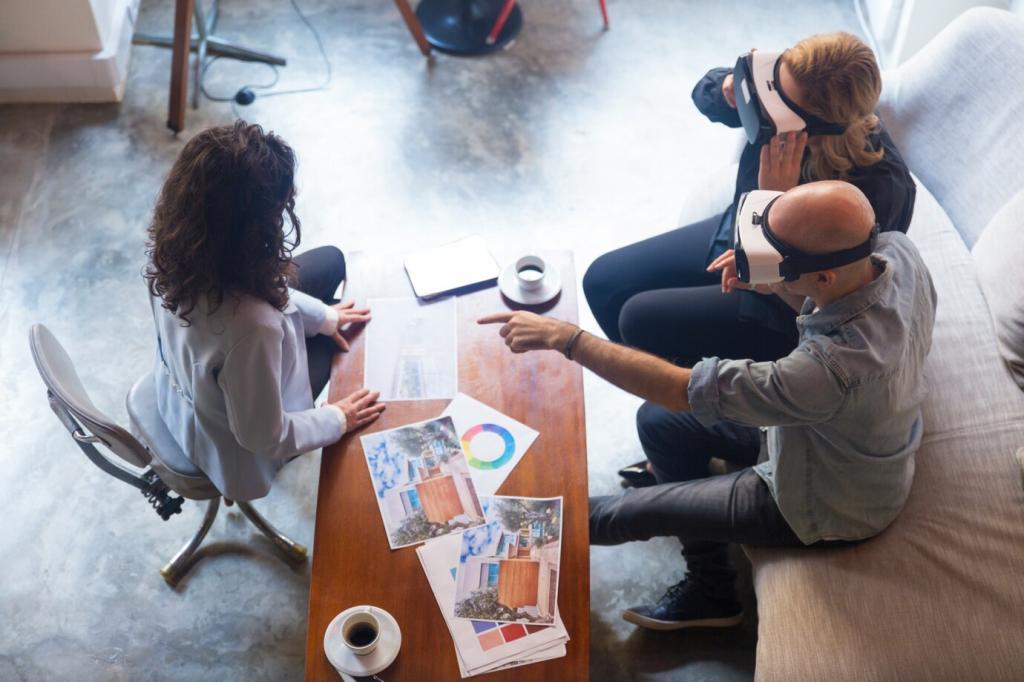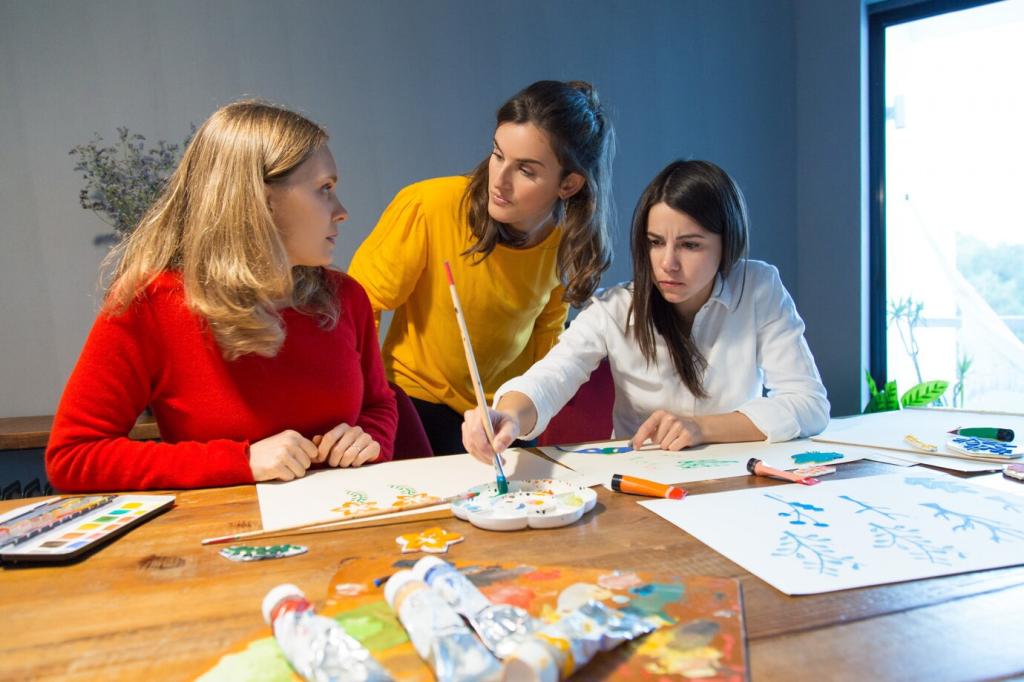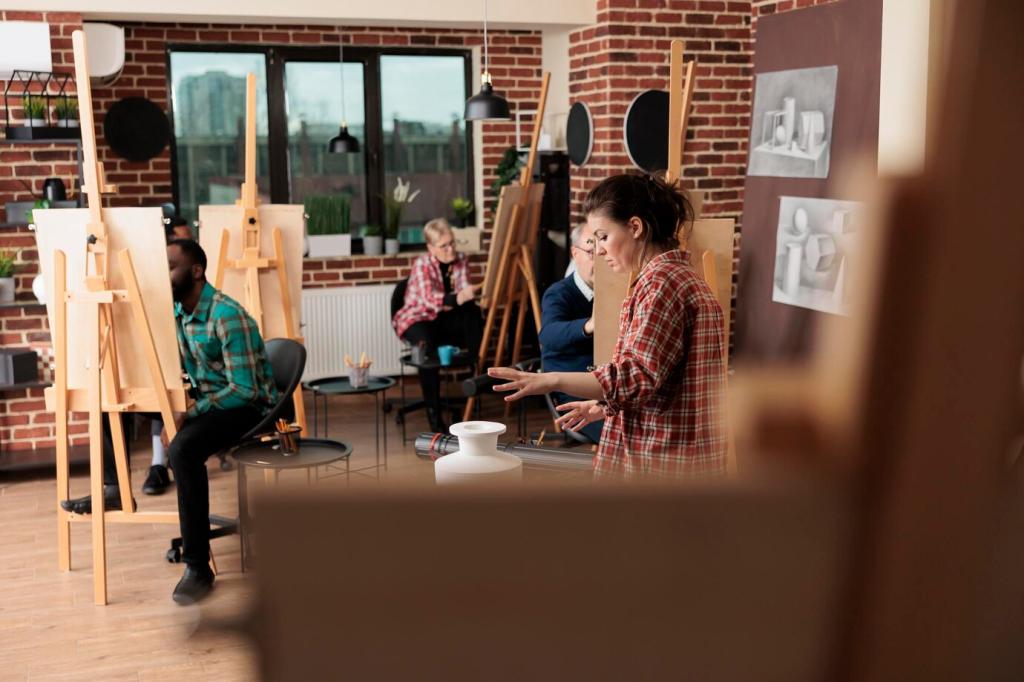
Visual Storytelling Techniques: Make Your Audience Feel First
Chosen theme: Visual Storytelling Techniques. Step into a creative studio where frames, colors, and rhythm turn ideas into unforgettable narratives—ready to learn, experiment, and share your voice with a growing community of visual storytellers.

Emotion Before Information
Start with the emotion you want to elicit—curiosity, warmth, tension—then design visuals that lead to that feeling. A reader once told us a single close-up of their father’s hands said more about sacrifice than an entire script. Share the emotion you’re aiming for today.

Conflict, Change, Resolution
Even a 10-second reel can follow a story arc. Present a problem visually, escalate with framing or pacing, then reveal transformation. A cracked mug mended with gold glue can signal healing without a word. Tell us which tiny conflicts you plan to capture next.




Warm vs. Cool Narratives
Warm palettes suggest energy, intimacy, or urgency; cool palettes signal calm, distance, or introspection. Mix cautiously to avoid emotional noise. A creator swapped warm streetlights for cooler LEDs and transformed chaos into contemplation. Which palette matches your current project?

Limited Palettes for Stronger Stories
Restricting colors concentrates attention and theme. Think two primaries and one accent for emphasis. A filmmaker used desaturated greens with a single red scarf to mark courage. Subscribe for monthly palette challenges and share your three-color story experiments.

Cultural Meaning and Contrast
Colors carry context: white can signal purity or mourning depending on the culture. Always research, then test contrast for accessibility. Readers told us high-contrast captions boosted watch time. Comment with colors meaningful in your community and how you respect them.
Early and late sunlight wraps subjects gently, flattering skin and softening edges. A food blogger captured steam at sunrise and doubled engagement. Plan a dawn shoot this week and tell us how the light changed your story’s tone and pacing.

Pacing, Sequence, and Visual Rhythm
Storyboards and Shot Lists
Sketch beats, not perfection. Identify your opener, escalation, pivot, and payoff. A simple four-panel board saved a creator hours on set. Download-free alternatives exist—paper, sticky notes, phone grids. Share your planning rituals and what helps you keep momentum.
Transitions with Purpose
Match movement, color, or shape to carry viewers forward. A whip pan from a turning page to a spinning record created delight. Avoid novelty for novelty’s sake; let transitions reinforce meaning. Comment with your smartest low-budget transition idea.
Breathing Beats and Silence
Hold the moment after the reveal. Give the audience space to feel. A travel vlogger added two seconds of stillness after a cliff view and watch time climbed. Try one intentional pause and tell us what changed in your audience’s reactions.
Character, Setting, and Props as Silent Narrators
01
Design Relatable Characters
Choose a signature gesture, wardrobe hint, or recurring prop that encodes personality. A chipped helmet said resilience better than any bio. Invite viewers to notice patterns and predict choices. Share a tiny character detail you’ll repeat across scenes.
02
Settings That Tell the Truth
Let environments reveal values: crowded desks, tidy tool walls, handwritten notes on fridges. A florist’s cold room conveyed sacrifice and craft. Scout locations for symbols that echo your theme. Post a location photo and describe the story it suggests.
03
Props with Purpose
If an object appears, make it speak. A frayed ticket, a bent key, a repaired toy—each can foreshadow or resolve. One short used a wilting plant to track healing. Subscribe to our prop prompt series and share your most meaningful object.
Typography, Motion, and Sound Across Platforms
Use high-contrast type, generous line spacing, and large sizes for mobile. Kinetic typography should reinforce rhythm, not distract. A creator trimmed flourishes and completion rates rose. Comment with your favorite legible pairings and why they serve your story.
Typography, Motion, and Sound Across Platforms
Many viewers watch silently. Burned-in captions, iconography, and visual cues keep the story alive. A documentary account used animated annotations to explain process without voiceover. Try one silent-friendly edit and share your engagement results next week.




Ethics, Accessibility, and Inclusive Visuals
Get permission, respect privacy, and avoid sensationalizing pain. Share context when depicting vulnerable communities. A photographer who returned prints to subjects built lasting relationships. Tell us how you navigate consent and what practices you’ve adopted.
Ethics, Accessibility, and Inclusive Visuals
Use sufficient contrast, descriptive alt text, and clear iconography. Avoid color-only communication. A creator improved subtitle readability and retention climbed. Commit to one accessibility improvement this week and report back with the outcome to inspire others.
